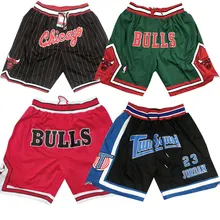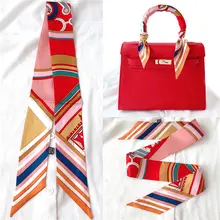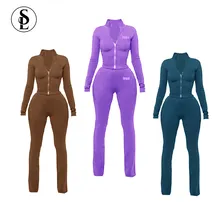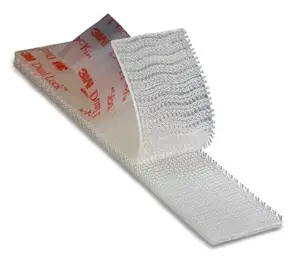Exploring the Versatility of Waterproof Zips
Waterproof zips have become a staple in the design of outdoor and aquatic apparel, offering both functionality and durability. These specialized zippers are engineered to prevent water penetration, ensuring the contents they protect remain dry and secure. This introduction delves into the various aspects of waterproof zips, from their construction to their diverse applications.
Types and Materials
Waterproof zips come in various forms, catering to a range of needs. Sealed zippers, for instance, are designed with a thin layer of thermoplastic polyurethane (TPU) or polyvinyl chloride (PVC), which seals the teeth against moisture. The materials used in waterproof zippers are crucial for their effectiveness. Common materials include polyester, polyurethane, and nylon, known for their water-resistant properties and strength.
Applications in Apparel and Gear
The application of waterproof zips spans across various products. In the realm of apparel, they are essential in women's jackets, outdoor trousers, and swimwear, providing an impenetrable barrier against water. Beyond clothing, these zippers are integral in outdoor gear such as tents, backpacks, and even certain packaging & printing products that require a moisture-free environment.
Features and Advantages
Waterproof zips are designed with features that cater to different environmental conditions. The presence of a water-repellent coating enhances the zipper's ability to shed water, while the construction of the zipper tape itself is made to withstand harsh conditions without compromising its integrity. The advantages of using waterproof zips include not only their water resistance but also their contribution to the overall durability and longevity of the product.
Environmental Considerations
With an increasing focus on sustainability, many waterproof zips are now made with eco-friendly materials. These environmentally conscious options offer the same level of protection without the extensive use of plastics or other non-biodegradable materials, aligning with the global push towards more sustainable manufacturing practices.
Choosing the Right Waterproof Zip
Selecting the appropriate waterproof zip for a product involves considering the specific needs of the application. Factors such as the size of the teeth, the type of slider, and the material of the zipper tape all play a role in determining the best fit for a particular use. Whether for a softshell jacket or a piece of specialized equipment, the right waterproof zip can significantly enhance the item's functionality.












































 浙公网安备 33010002000092号
浙公网安备 33010002000092号 浙B2-20120091-4
浙B2-20120091-4